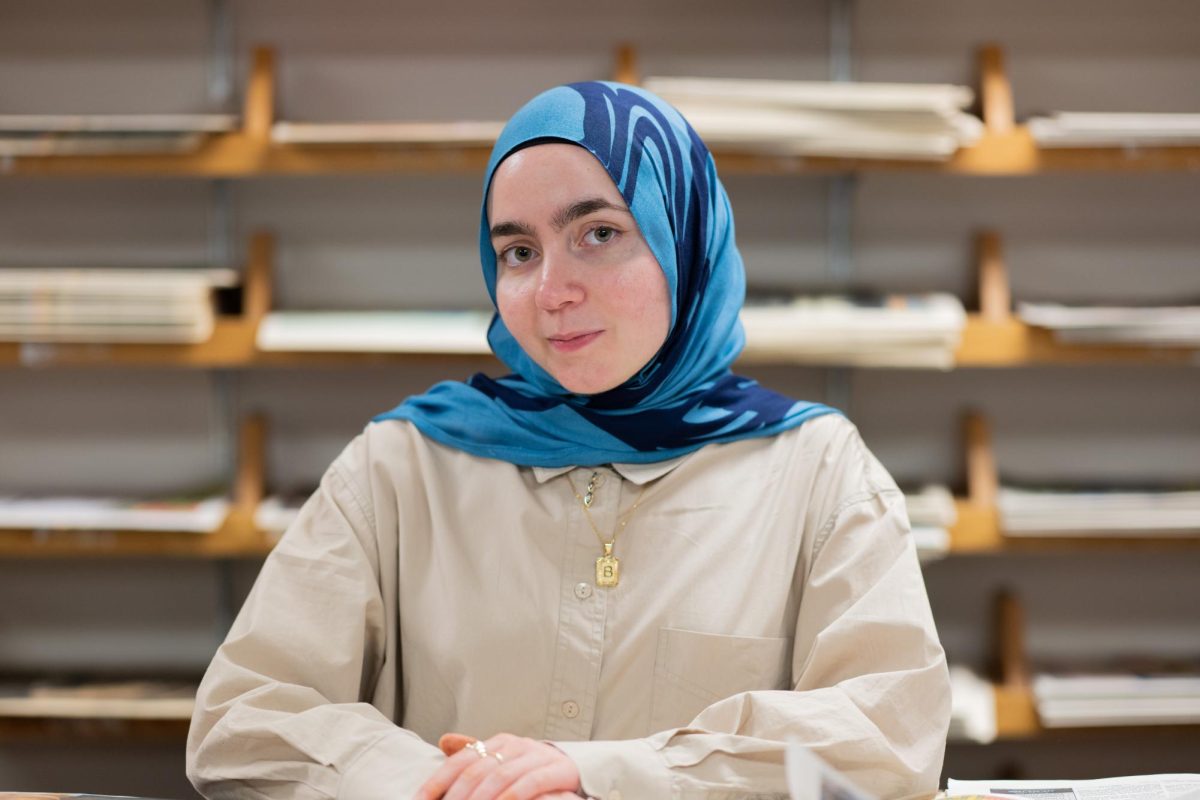Hall of Architecture a grand experience near Pitt campus
November 6, 2007
On a Grand Scale: The Hall of Architecture at 100 Heinz Architecture Center Carnegie… On a Grand Scale: The Hall of Architecture at 100 Heinz Architecture Center Carnegie Museum of Art Through Jan. 27, 2008 412-622-3131
The most enduring signals of the intelligence, progression and complexity of human existence are the large collections of structures created throughout the world by human hands.
The structures’ significance is not simply because of the fact that humanity is capable of piling stubborn rocks into a usable building that remains standing some 500 years. Humanity has long been fascinated with the concept of decorating its public spaces and important structures. With sculpture, painting and architectural stylistic features, each human culture throughout history developed a large canon of government, religious or personal buildings which chronicle their achievements.
Recently, the Carnegie Museum of Art’s “On a Grand Scale: The Hall of Architecture at 100” opened to celebrate the architectural marvels of the world.
An unfortunate fact exists, however, in that architectural marvels must be seen in person to be fully appreciated. Not all of us are capable of freely traveling continental Europe to make notes of all the Gothic cathedrals or Gothic revival Parliamentary buildings. In the late 1800s, therefore, the sale of architectural casts – plaster recreations of famous architecture – soared. One of the greatest collectors of such casts was Andrew Carnegie, creator of the Carnegie Museum of Art and general philanthropist.
Carnegie, forced to send to Europe directly for the casts rather than collect them from domestic sources, collected one of the most interesting and thorough collections in the world. Now, the collection is particularly noteworthy because it still exists in its entirety – during the 1920s, many large collections of casts were destroyed as the practice of casting went out of style. Cast collections were replaced with collections of original, local sculpture and architecture.
“On a Grand Scale” was opened in September to celebrate the 100th birthday of the museum’s Heinz Architectural Center. Visitors to “On a Grand Scale” will be taken directly up close to the casts for which the museum is famous. Casts of famous sculptures, including the Venus de Milo and Discobolus (Discus Thrower) sit adjacent to larger and more impressive casts, including one of the awe-inspiring High Gothic entrance to Not re-Dame Cathedral in Amiens, France.
Other somewhat amusing statues include a sculpture of Moses with horns, because of an unfortunate mistranslation in the original Latin edition of the Bible.
In its entirety, the collection displayed in “On a Grand Scale” is both beautiful and dwarfing. Perhaps the only thing that has dimensions that can be fully grasped is a small model of the Parthenon, depicted in plaster at one-twentieth of the original size.
“On a Grand Scale” comes highly recommended for anyone who enjoys architecture and sculpture. Even those who are not fascinated or overly knowledgeable about the topic will take something away from the exhibit – in addition to the plaster casts, the exhibition includes displays on why casts were so popular towards the turn of the twentieth century and how large casts, like those of Notre-Dame, were successfully created, transported to Pittsburgh and reassembled for us to enjoy.
Even the museum building itself is a sight to see. The space, specifically designed to house the casts, features a subdued and elegant skylight system to deliver natural light to the exhibition floor.
Students will find it highly entertaining and very enjoyable to stroll around the large open exhibition hall, reading the brief informative plaques about each cast and generally gazing at the intricate details of Romanesque, Gothic and Classical Revival architecture. Just leave yourself enough time to properly go through the exhibit – there are many casts to see and some of them demand some time to just stare.
And to make the exhibition that much more attractive, the Carnegie Museum of Art is free for Pitt students with proper ID.







